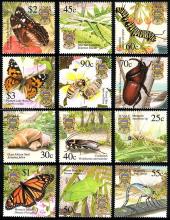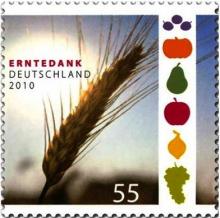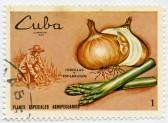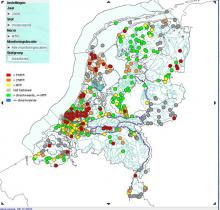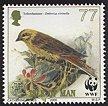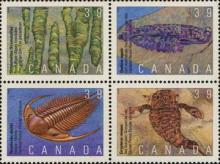
Rostrote Brust, weiße Stirn und ein ziegelroter Schwanz - der Gartenrotschwanz Phoenicurus phoenicurus ist auffällig und nicht zu verwechseln. Zu sehen ist der Vogel des Jahres inzwischen nur noch selten. "Dieser starke Rückgang hat in den 50er Jahren begonnen", beklagt Christian Venne, der sich um den Vogel sorgt. Der 36-Jährige kennt sich aus, denn er ist Diplom-Biologe und arbeitet bei der Biologischen Station Senne. "Davor war der Gartenrotschwanz einer der am häufigsten vorkommenden Gartenvögel", sagt er, "so wie heute die Amsel." Die Gründe für das Verschwinden des farbenprächtigen Vogels kennt er genau: "Zum einen hat sich die Landwirtschaft bei uns sehr verändert", erzählt Christian Venne, "früher haben die Gartenrotschwänze häufig an den Höfen gelebt. Heute ist die Landwirtschaft viel intensiver, es gibt hauptsächlich Mastbetriebe." "Die gefallen dem Vogel natürlich nicht", ergänzt Bernd Jellinghaus, der Sprecher der Ornithologie im Naturschutzbund (Nabu) Nordrhein-Westfalen. "Denn dort werden immer mehr Pestizide verwendet."



